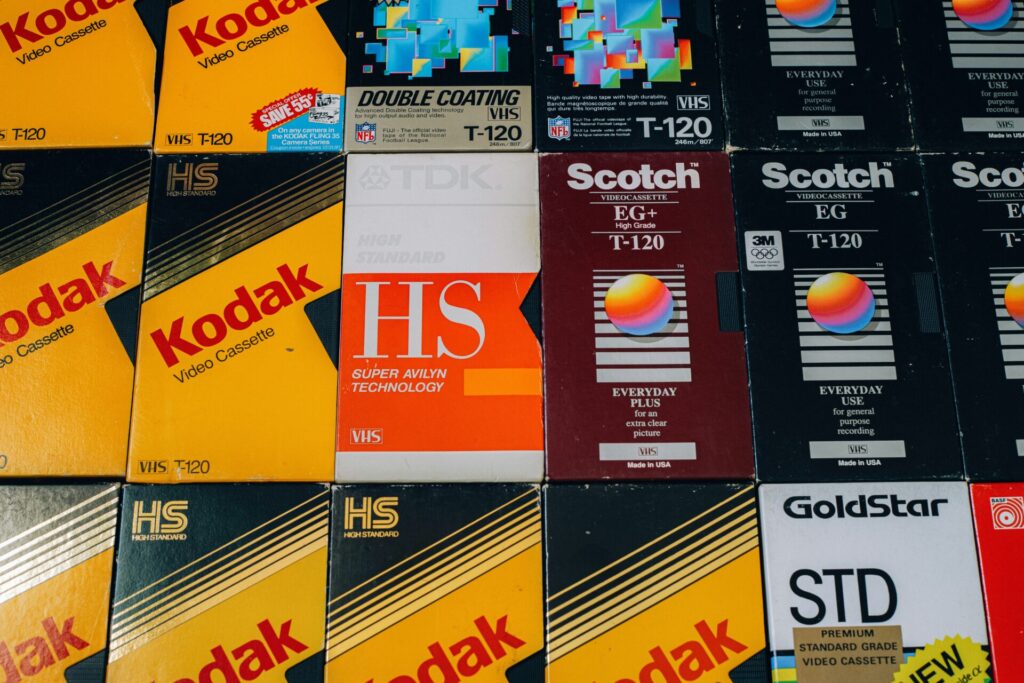 Two months before I became pregnant with my son, I defended
Two months before I became pregnant with my son, I defended
a Master’s thesis on the representation of masculinity in the
media. I had spent the past five years researching how the male
body is depicted in the media – everything from magazines
to toys – and I discovered some interesting tidbits. Turns out
Barbie isn’t the only doll with unnatural dimensions. Did you
know that if G.I. Joe were real, his biceps would be 27 inches, a size that is
apparently impossible to achieve naturally? Not to mention a washboard
stomach that would make even Ryan Gosling envious. Suffice to say that
when I discovered I was carrying a baby boy, my search for ‘healthy’
body image toys for boys became a big focus for me.
I remain disheartened by the ubiquity of über male bodies in toys
for boys. G.I. Joe, Batman, Superman, Power Rangers and even Rescue
Heroes are created with dysmorphic body types. At a recent preschooler
Halloween party, I noted not one girl was wearing pink, and only one
was dressed as a “princess” sporting the traditional blue Cinderella
dress. For the boys, however, superhero was the dominating theme.
Towel capes and T-shirts emblazoned with “S” would not suffice. Instead,
their costumes were replete with fake six-pack abs, biceps and pecs.
Would we let our daughters strut around with fake bums and breasts? Of
course not! So I ask you, why is it OK for our boys to strut around in fake
muscles?
Much has been written and said about the unhealthy way that girls
internalize unrealistic body images, but neither are boys immune to the
images they see and the body types they normalize. A 2008 McCreary
Centre Society study found that only 19 percent of boys in Grades 7 to
12 reported being satisfied with their body image, while 31 percent of
healthy weight boys were trying to gain weight.
These figures suggest that boys want to look like the images they see
in their toys and on TV. According to Paul Gallant, an eating disorders
researcher in Vancouver, factors contributing to boys with eating
disorders include “pressures to fit in at school and an unhappiness with
their own bodies” when compared with friends who had the “perfect
body.” Sound familiar?
You may be asking yourself, is it really that
bad if my son wants to exercise and be healthy?
No, but the problem arises when unattainable
images, low self-esteem and body dissatisfaction
combine to develop into something bigger. It’s
when boys start to feel as though they are not
good just as they are, or when, as Dr. Takashi
Hirata, a primary care physician in the U.S.,
writes, “when the focus is on conforming to an
ideal – not about having a healthy body.”
Eating disorders in boys
What were once thought of as ‘girls’ problems,
anorexia and other eating and body image
disorders are becoming a growing concern for
boys. According to Paul Gallant, one in four
people in Canada with eating disorders are
male. That doesn’t include those with body
image disorders such as “bigorexia”, which
primarily affects males. As the name suggests,
the sufferer strives to gain more and more
muscle rather than to lose weight.
When it comes to eating disorders, boys are
subject to several disadvantages compared to
girls. According to Hugo Schwyzer, a professor
of history and gender studies at Pasadena City
College and a former columnist at The Good
Men Project Magazine, “boys are not taught to
articulate feelings and emotions the way girls
are, because to do so would be seen as feminine.”
Further, eating disorders have traditionally
been associated with girls, making it more
diffi cult for young boys to seek help without
fear of being perceived as too feminine. There
is also a lack of understanding in the medical
profession of identifying and treating males
with eating disorders. Paul’s research reveals
that some men have been turned away from
treatment, told by a doctor that anorexia is a
women’s disorder and it’s not the problem.
Though Paul says that in the last five years
he has seen increased awareness that males can
suffer from eating disorders, he says we are still
a long way from being able to adequately assist
boys who suffer from these disorders, and there
are still health professionals who are not aware
that males can be afflicted.
Perhaps most damning is what Hugo calls
the “lack of diversity when it comes to desirable
male body types found in mainstream media of
men.” While in the last few years there has been
a growing trend of diversifying the body shapes
and sizes of female models (from Spain’s ban
on ultra-thin models of the catwalk to Dove’s
“Campaign for Real Beauty”), Hugo notes “there
is no such thing as a plus-size male model – all
the guys have six-pack abs.”
So, what can we do about it? As with girls, we
need to start the dialogue with boys early. Let
them know that Batman is a character. Hugo
recommends fi nding local heroes that your child
can associate with and see that their body is ‘normal’.
It is impossible to shield your little boy from
all those body images that are unattainable and
unhealthy. Your son will come into contact with
all sorts of media images you may not approve
of. When my son was three I didn’t think super
heroes were appropriate, but that didn’t stop
him from playing “Spider-Man” and “Iron Man”.
He picked it up from kids at the daycare, the
playground and friends’ houses. Hugo suggests
that rather than trying to play gatekeeper,
parents need to be allies. “Don’t forbid; engage,”
he says. Talk to your kids. Find out what they
like about a certain action hero.
“When there is a gatekeeper, a child will
look for ways to get around it, and they will
still be bombarded with it. Then when they
do encounter the destructive messages in the
media, they encounter it secretively, and without
a safe adult to talk to about it.” If you are an ally,
on the other hand, your child will turn to you to discuss what they are seeing.
When it comes to talking to your son about
what a normal and healthy body type is, Kym
Stewart, a PhD candidate in the Simon Fraser
University Faculty of Education in Vancouver
says, “the more diversity they see the more
children won’t take one ‘way’ as natural.” A
diet of only superheroes and princesses is sure
to give your child a warped sense of what they
should aspire to. Visit the library or talk to
your school or daycare to see what other age
appropriate books or TV your child may enjoy.
Encourage media literacy
It is important to remain engaged with your
child when he is watching TV, says Kym. She
recommends sitting with your children and
even “talking back” to the TV and discussing
what is being viewed. And don’t forget
the commercials and product placements.
Comments like “remember when we tried that
dish soap – it sure didn’t work like that!” help
show young children the difference between
the real world and the make believe world
found on the TV.
Says Kym, “These little conversations help
children pick apart the message and provide
a role model who values talking back and
critiquing what is seen on TV.” It is never too
early to start discussions like this and they
need not only be around the topic of body
image. Teaching children to be media literate
involves teaching them to think critically about
everything they encounter.
The images and messages children
encounter in their daily lives are not
innocuous. They can have very real and
dangerous repercussions if left unchecked.
But banning certain toys or programs may
not be the right approach. Instead, engaging
with our children and teaching them not to
take everything they see at face value can help
mitigate any potentially damaging effects.
Open and frank discussions with your child
can help teach them healthy habits. It may
just be what saves them from comparing
themselves to the unattainable images they
view daily.
I still don’t like the idea of my son dressing
up as a six-pack adorned Batman, however I
do understand the importance of respecting
his likes and fi nding a happy medium –
respecting him enough to talk about the toys
and superheroes he likes and fi nding ways to
remind him that muscles don’t make the hero,
but kind and brave actions do.
Is your son at risk of an eating
disorder, such as anorexia,
bulimia or binge eating?
Watch for:
-
Negative comments about his own body or
comparing his body to someone else’s - Sudden changes in appetite, such as eating less
- Fluctuations in his weight
- Frequently weighs himself
- Over-exercises or is obsessed with
building muscle - Anxiety, depression or mood swings
- Social withdrawal
Signs of “bigorexia”:
- Distorted self image
- Misses social events, skips school or work and
cancels plans with family/friends to workout - Never satisfied with the muscular mass
of his body - Maintains a strict, high-protein and low-fat diet
- Uses excessive amounts of food supplements
- Frequently looks at himself in the mirror
- Steroid abuse
- Avoids situations where his body
might be exposed - Works out, despite an injury
- Maintains extreme workout methods
Naomi Perks is a writer based in New Westminster, B.C.
She is doing her best to keep her six- and four-year-old
out of the clutches of Batman and Barbie (to name a few).
Originally published in ParentsCanada magazine, July 2013.

















